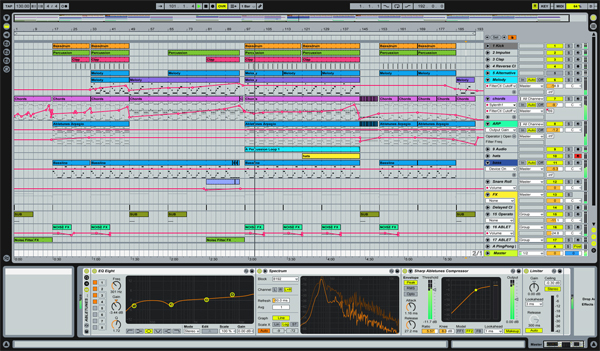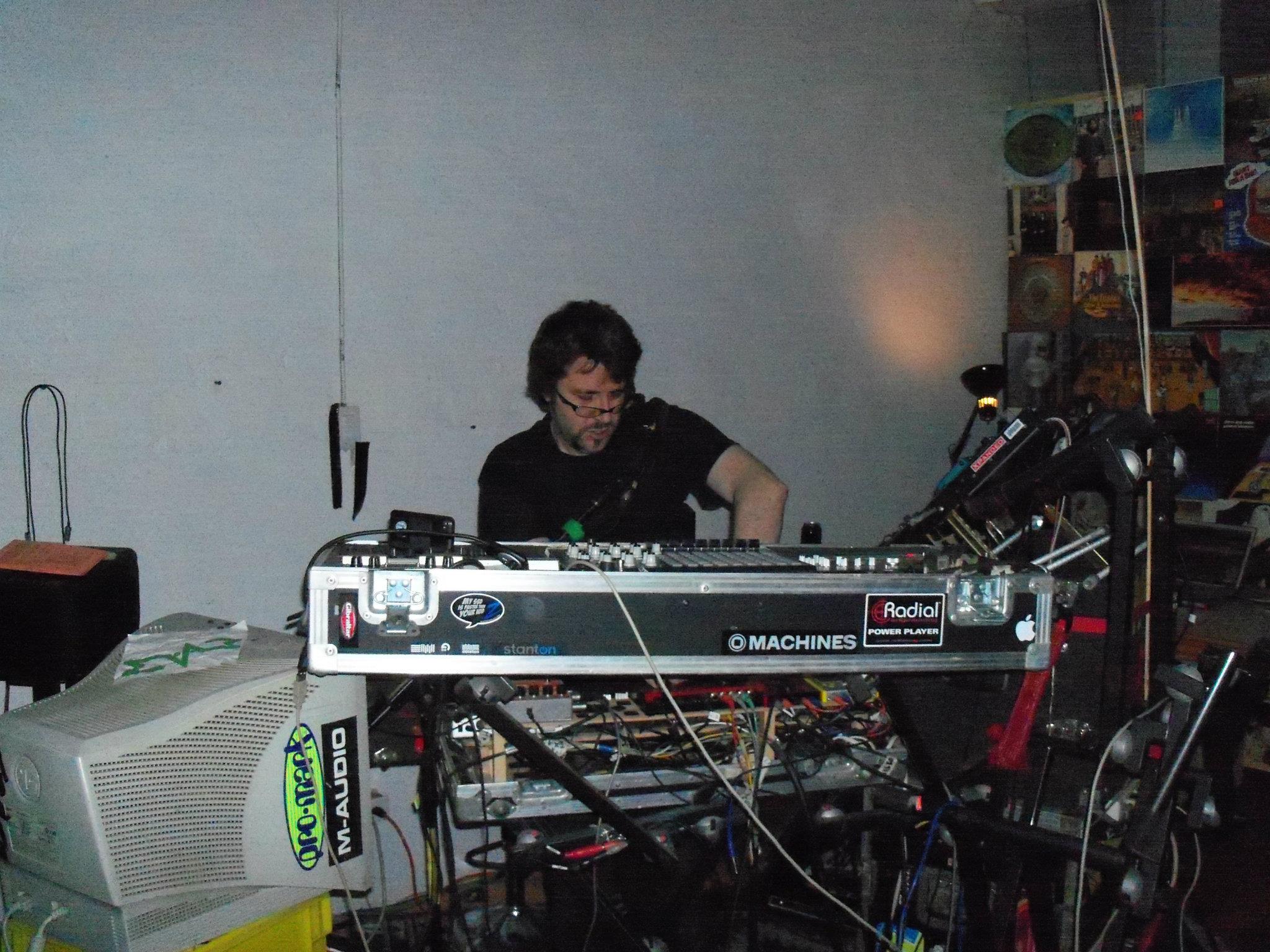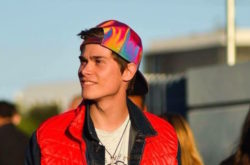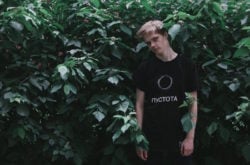Goyama has been producing music and performing with Ableton Live for many years now. Originally from San Diego California, the now Boston-based producer has immersed himself in a thriving collective of collaborators known as East Meets Beats. Since using Splice to work with others, Goyama has found numerous ways it has helped this process. In this interview we learn more about his approach using Splice to create an original track called “The Thing.”
Nate Mars: Can you tell us about East Meets Beats?
Goyama: Definitely man! EMB is a little bit like my labor of love here in Boston. It was a response to the beat scene / underground electronic music scene being decentralized here, or at least more so than in California. I wanted to create a central space for underground producers to share, grow, and experiment in a physical space. I got lucky because my homies owns this community space that he invited me to live in, and there is a venue attached. To be honest though, its all the community and homies that created it. The vibe is so great because all of the fam that comes through is so great. One of my homies from HNDMD Nick Garcia told me that it was the beating heart of the Boston producer/beat scene and that made me really psyched.
NM: What projects have you been working on in the studio lately?

East Meets Beats Collective
NM: Are any of these projects collaborations?
G: Actually pretty much everything I’m working on is a collab right now. I have a project that the homies started calling team lego with Mike Gao, Elaquent, and Elan, working on a release with an underground Japanese producer axion 117, some projects with the Rootnote Collective fam, and also making beats for the super dope emcee John Robinson.
NM: Can you tell us the first thing you notice about working with a collaborator?
One thing is just how limiting it can be when you aren’t working with the same original project file. If you aren’t physically in the same space with someone, the creative decisions you make are pretty disjointed.
NM: You have recently started using Splice to collaborate. What are some of your initial thoughts?
G: This tool is a game changer. My initial thoughts are honestly “Damn, I can’t believe how easy it is to share projects.” Using Dropbox or e-mailing stems was a bit of a nightmare. Splice is an amazing platform for making collaboration easier, more efficient, and more creative.
NM: I know you’re an Ableton Live user. What makes you drawn to Ableton Live over other DAWs?
G: To be honest, it was just the DAW I started with, and so I have an established workflow. Even though it seems like people can tell when someone is an Ableton Live user, it seems to be the most versatile in terms of aesthetic. I also like how it is easy to perform using this DAW.
NM: What about third-party plugins? Which are your go-to plugins and what do you use them for?
G:Native Instruments Massive and Absynth are my go to synths. Massive is a bit more raw and crunchy so I tend to use it more. I use Reaktor for glitching during live performance. Sometimes I will use Lounge Lizard because I think its sound is pretty dope! Also, I always use iZotope Ozone to master my tracks.

iZotope Ozone 5 Advanced
NM: Can you tell us about your approach to producing “The Thing “; the recent project you’ve shared with the Splice community?
G: So this was actually also a collaboration with my homie Gene Shinozaki who is a really dope beatboxer and dope producer/musician as well. Usually I start with some sort of concept, and while making this project, we were watching horror movie trailers and were drawn to the movie “the thing.” We were thinking a good aesthetic would be a dirty west coast swing, and we tried to create some sounds which would accentuate that aesthetic.
NM: I noticed there is a really great swing feeling and interaction between the drums and bass line. Can you tell us about your approach to creating those parts?
G: Ah thank you! This particular swing comes from non-quantized drum loops and bass line. Swing can be created in a variety of ways, sometimes the best way is to use straight quantized loops contrasted with non-quantized ones. In this particular project, everything is non-quantized except for hats, and I just ended up trying to make the bass line straight while making snares early.
NM: Any advice for working on music projects with collaborators you want to share?
Collaborate a lot, learn as much as you can! Open source music, grow creativity!
August 7, 2014




